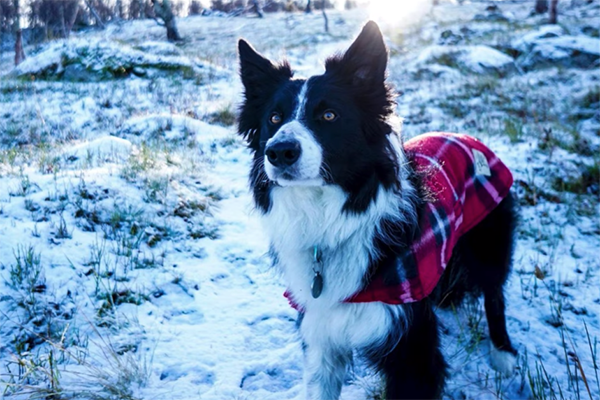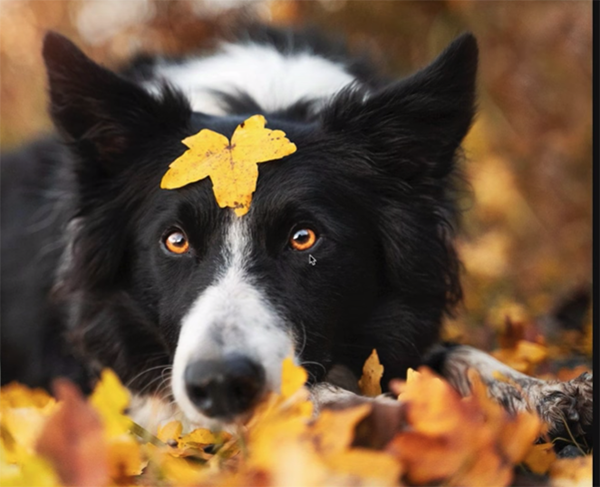How to Create Pet Portrait Photos That Don't Look Like Snapshots (VIDEO)

Everyone loves photographing their pets, even if they specialize in other genres. And those of you who don't have a furry friend yourself will likely be asked by someone else to make a few portraits of theirs. After all, you own a camera, right?
Unfortunately, many pet photos look like more casual snapshots than "real" portraits created with all of our shooting and editing skills. We're going to fix that today with a quick post-processing tutorial from the aptly named Inspawration Photography YouTube channel.
As you'll, see the process of editing pet photos is a bit different than the technique we use to enhance human subjects, and today's unnamed instructor begins with this promise: "Whether you're working with dogs, cats, or any other pets, this video breaks down the five editing mistakes that might be holding you back."

The first problem is referred to as "Blue Dog Syndrome," but it actually occurs with all animals that have black fur. In some situations and lighting conditions the tele-tale sign is that an animal's fur appears too blue (or sometimes too warm). You'll learn how to quickly fix this common White Balance problem to achieve a realistic look.
Then there's what our instructor calls the "Fake Sun Fiasco" which can also be responsible for pet portraits with an unnatural look. This one describes how to correctly introduce an eye-catching sun flare effect. You'll learn why subtlety is the key, and how to avoid an "alien abduction" appearance that you definitely want to avoid.
Another key issue is named "Mood Mismatch Mayhem," and this is equally important when shooting people pictures. The point is that "your editing should enhance a pet's personality—not clash with it." Bottom line, by concentrating on a subject's facial expression and body posture your pet portraits will be far more compelling.

The "Darkside Dilemma" is tip #4 and this technique is for those of you who love moody, dramatic edits. Here you'll see how to make sure your photos aren't too dark, especially when photographing animals with black fur. The trick is understanding how to balance darkness with visibility.
The lesson concludes with another tip that also applies when editing portraits of humans, and this common issue involves over-editing a subject's eyes and how to keep them looking "soulful and natural." If you're interested in further expanding your skills, pay a visit to the popular Inspawration YouTube channel for more tips and techniques.
And if you want to get started with wild bird photography, be sure not to miss the beginner's primer we posted recently on this popular topic.







































